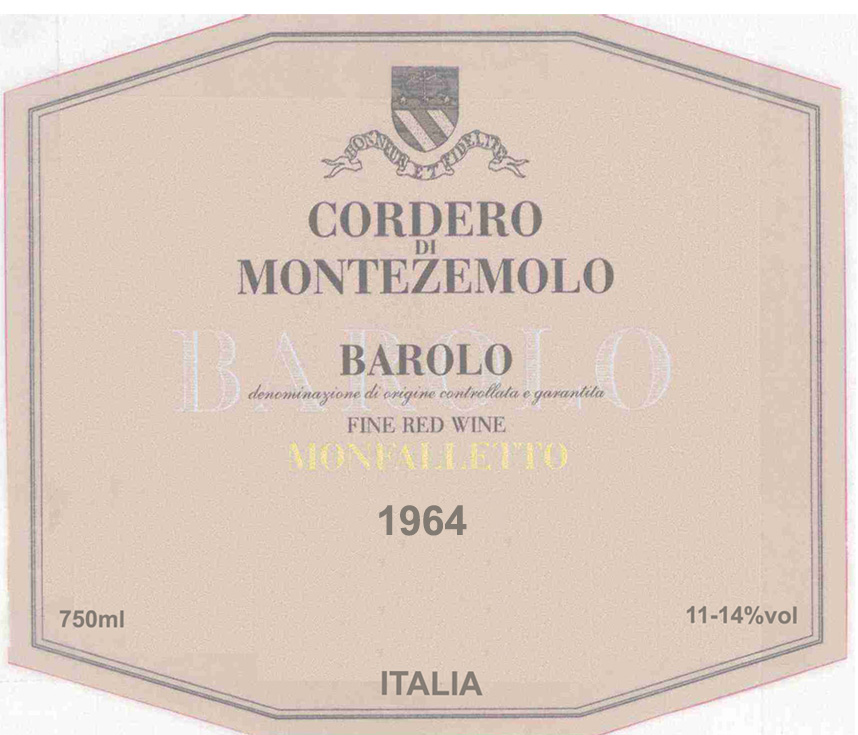1964 Barolo Nebbiolo
The Cordero Di Montezemolo Cordero Di Montezemolo Ba Barolo is a stunning example of aged Nebbiolo from the prestigious Barolo region. This red wine showcases a rich, garnet hue that hints at its maturity. On the nose, it reveals an enticing bouquet of dried roses, tar, and earthy undertones, complemented by notes of red cherry and subtle spice. The palate is wonderfully balanced, offering remarkable depth and complexity, with velvety tannins that have softened over the years while maintaining a robust character. Its acidity lends a lively freshness, ensuring that every sip is mouthwatering and vibrant. The wine finishes with a lingering note of dried fruit, making it an exquisite choice for those who appreciate the elegance of a well-crafted Barolo from a legendary vintage.
The Cordero Di Montezemolo Cordero Di Montezemolo Ba Barolo is a stunning example of aged Nebbiolo from the prestigious Barolo region. This red wine showcases a rich, garnet hue that hints at its maturity. On the nose, it reveals an enticing bouquet of dried roses, tar, and earthy undertones, complemented by notes of red cherry and subtle spice. The palate is wonderfully balanced, offering remarkable depth and complexity, with velvety tannins that have softened over the years while maintaining a robust character. Its acidity lends a lively freshness, ensuring that every sip is mouthwatering and vibrant. The wine finishes with a lingering note of dried fruit, making it an exquisite choice for those who appreciate the elegance of a well-crafted Barolo from a legendary vintage.




